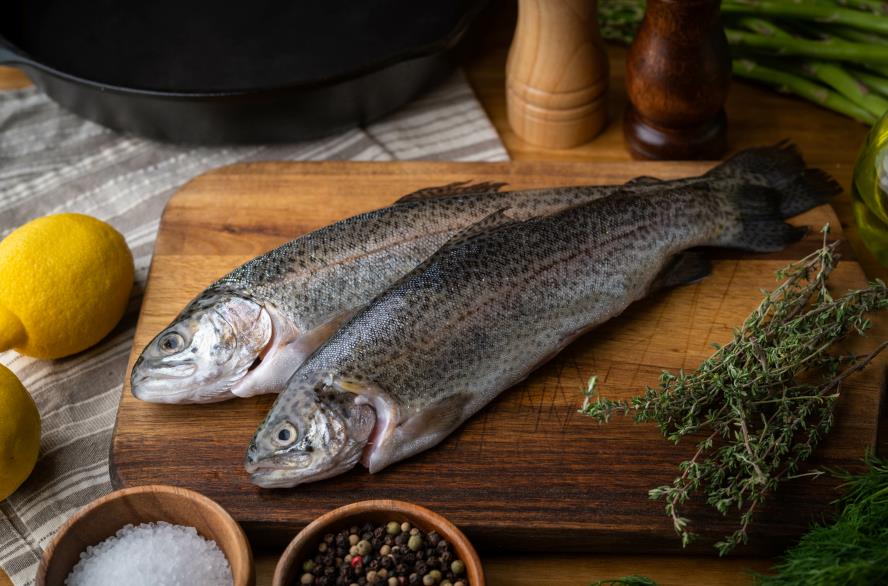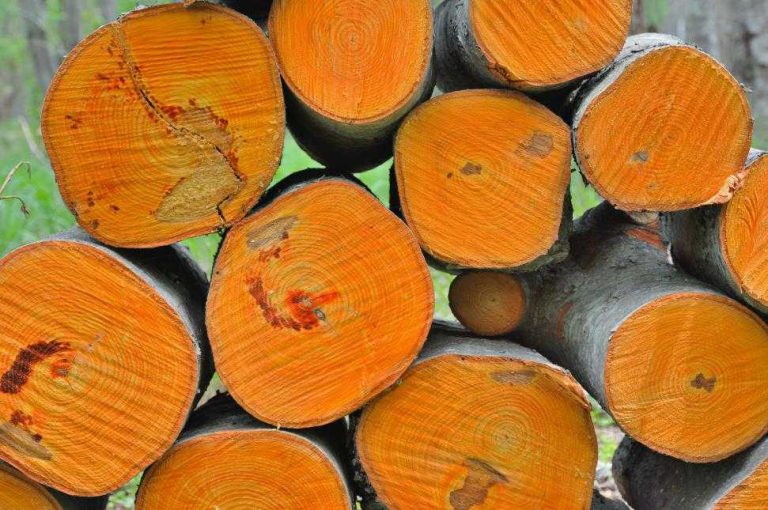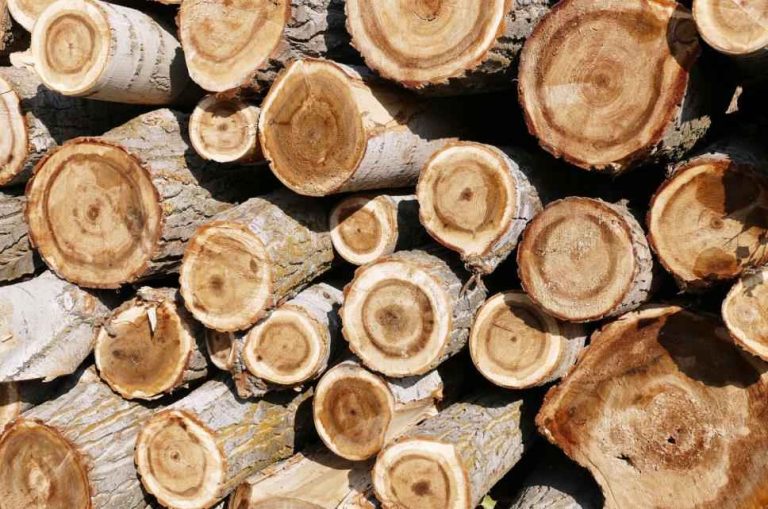Wood is the most popular cutting board material for every kitchen. From homes to restaurants, wood cutting boards dominate the market. It’s the preferred cutting board choice for many cooks of all levels.
The wood cutting boards are favorable for their water resistance, durability, and aesthetics. These are good qualities, but they don’t repel water as non-porous materials do. This begs the question of cleanliness and bacterial growth to some users.
If you’re asking if wood cutting boards are sanitary – the answer is yes, they are.
The wood cutting boards don’t pose a health threat even with high-risk foods, such as raw meats. However, simply ending the conversation there would be wrong.
This article will help you understand wood’s antibacterial properties, explain how sanitary it is compared to other materials, and more.
Can bacteria survive on wood cutting boards?
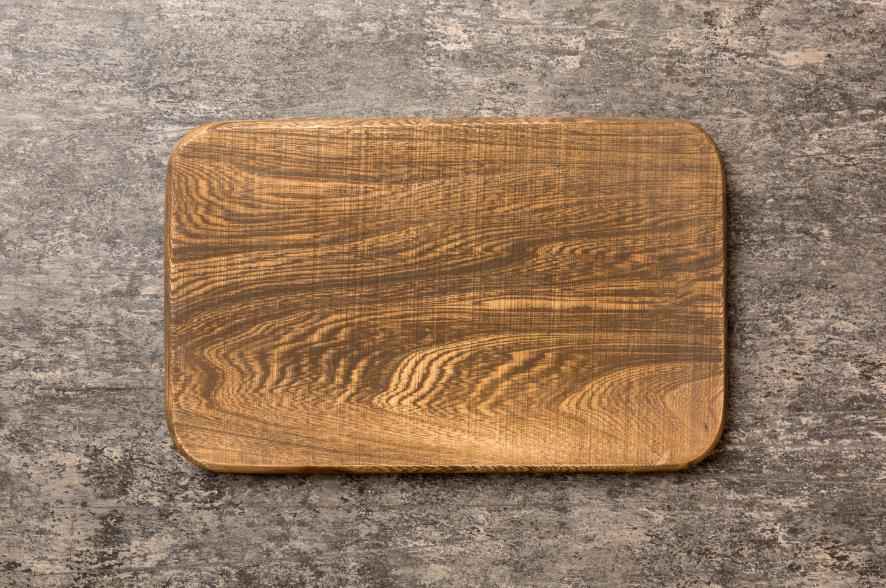
In the 90s, the University of Wisconsin Food Research Institute experimented with wood and plastic cutting boards. The microbiologists placed Escherichia coli (E. coli), Salmonella, and Listeria, the most common bacterias responsible for food poisoning, on a wood and plastic cutting board.
The result shows 99.9% of bacteria died within three minutes of contact with the surface of the wood cutting board. The bacteria remained on the plastic cutting board, concluding that wood is more sanitary than plastic.
Yet, it’s important to note the blood and other fluids from raw meats can be absorbed by the wood. If left for too long, it can promote bacterial growth.
Buy Wholesale Cutting Boards and Start Scaling up with Us Today
Contact us and connect with a sales rep to get a free quote.
How do wood cutting boards kill bacteria?
When the knife makes contact with a wood cutting board’s surface, there become tiny grooves from impacts. These are impossible to see with the naked eye at first. After continuous use or powerful blows, they become more visible.
When the cook lifts the knife from the board, these grooves close up, trapping everything within, including bacteria. Wood also binds up the moisture bacteria needs to grow – and with it, bacteria have nowhere to reproduce and perish.
Even when there are apparent scratches, wood fibers slowly heal and have the same effect. However, this isn’t to say that wood cutting boards with scratches all over them are sanitary. They can be safety hazards if foods, especially raw meat and poultry, are left on the surface for too long.
It’s critical to sanitize aged wood cutting boards properly; here is how.
How to keep a wood cutting board sanitized?
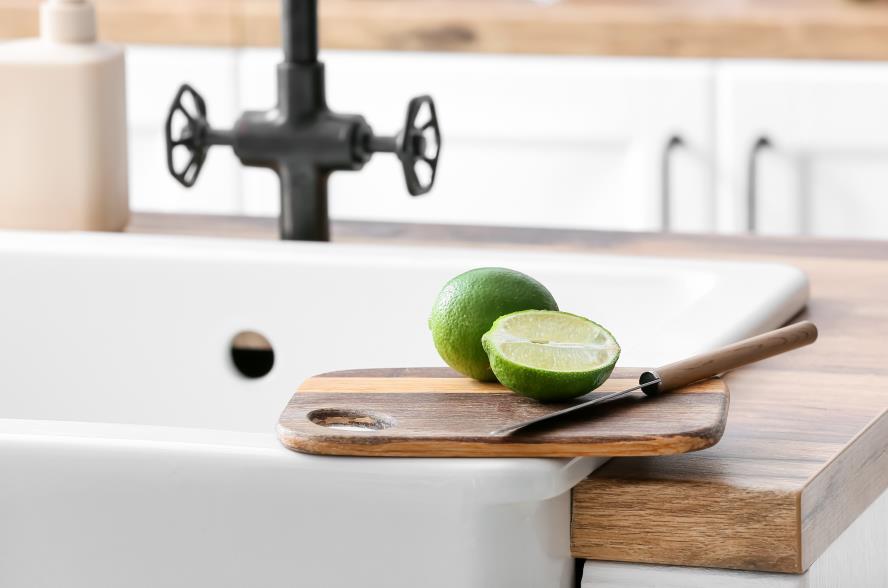
Sanitizing wood cutting boards thoroughly using dish soap and warm water is essential. They don’t require any special treatment when cleaning. Keeping germs away from a wood cutting board is as simple as that.
One quick note – wood cutting boards must be air dried on their side to prevent gravity from pulling the moisture after rinsing. This is not only important for the well-being of the cutting board but also prevents unpleasant odors.
Cleaning wood cutting boards in the dishwasher
Dishwashers are a big no for wood cutting boards. The high heat and harsh chemicals weaken the wood fibers, leading to warps and cracks and making them less hygienic.
Lastly, wood cutting boards need occasional conditioning. A coat of food-grade mineral oil overnight preserves the water-resistant properties of wood cutting boards. This simple procedure prolongs their life, maintains their aesthetic looks, and prevents damage.
Consider selling conditioners for wood cutting boards. It can lead to further sales as your customers will visit your store to buy them as needed.
Wood vs. other cutting board materials
In terms of sanitary features, wood is the best natural material. Nonetheless, non-porous materials can be good alternatives to it. Here is how plastic and rubber cutting boards correspond to wood’s sanitary features.
Plastic
Plastic doesn’t have pores that give space for bacteria to penetrate the surface. It’s durable, and users can comfortably clean it in the dishwasher. These made users believe that plastic cutting boards were more sanitary. As the study above shows, it isn’t.
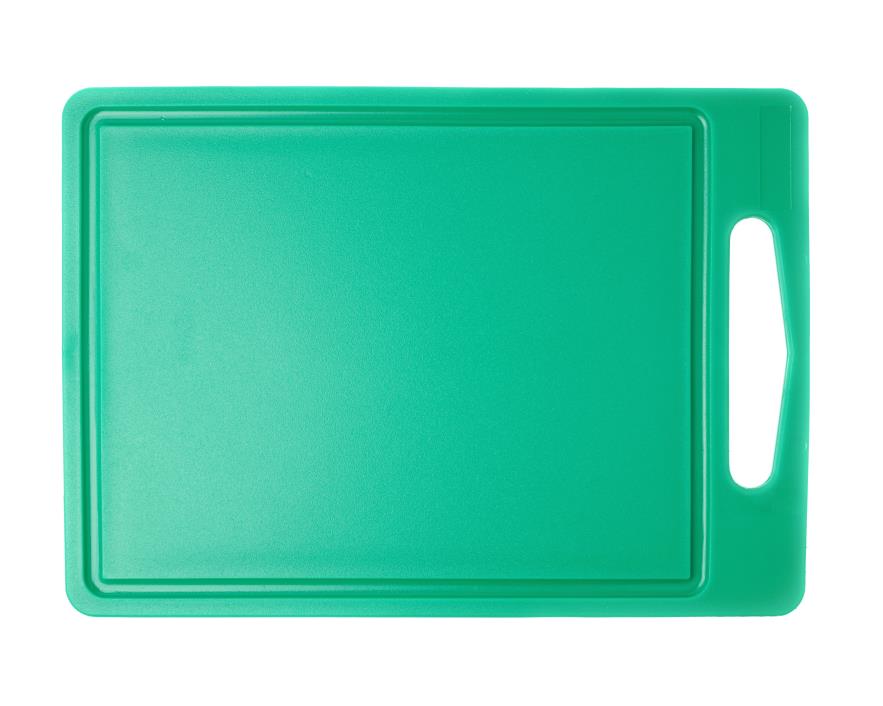
Just because your customers can wash them in the dishwasher doesn’t mean plastic cutting boards are the cleanest. A considerable time passes before it gets cleaned, whether in the sink or dishwasher. That time in between is enough for bacteria to harbor.
Nevertheless, plastic cutting boards being dishwasher-safe is a trait that wood alternatives don’t have. It’s somewhat safer for your customers to use a plastic cutting board for high-risk foods and sanitize them in the dishwasher afterwards.
This feature makes plastic cutting boards an excellent pick as a secondary cutting board.
Pros
- Non-porous material that won’t give space for bacteria to penetrate.
- It doesn’t absorb the moisture bacteria need to grow.
- Dishwasher safe.
Cons
- Prone to scratches, which are perfect places for bacteria to hide and multiply.
- It doesn’t have antibacterial properties like wood.
Rubber
Much of the things discussed on plastic cutting boards apply to rubber. The difference your customers will see is on the surface.
Rubber is much softer and doesn’t get scratched easily, unlike wood. Instead, it absorbs them nicely and won’t dull knives. This is a feature of its own – learn more about rubber cutting boards from this article.
Rubber cutting boards not being prone to scratches make them more sanitary than plastic. When compared to wood, it falls behind as rubber doesn’t have the same antibacterial properties. Rubber is the best alternative if you want to sell the most sanitary cutting board other than wood.
Pros
- Rubber makes a durable cutting board cooks can use for years down the line, ensuring their satisfaction with their purchase from your store.
- It doesn’t show knife marks easily, not creating hideouts bacteria thrive.
Cons
- Like plastic, it isn’t naturally antibacterial.
- It’s heavier and more expensive than others.
Popular wood types for cutting boards
When we say wood cutting boards, there isn’t a single type. Countless trees produce different wood, giving unique traits to cutting boards and other products. Here are some of the popular wood types used for making cutting boards.
Acacia

Acacia has one of the highest numbers of species. A hardwood that builds a durable cutting board; acacia comes with different densities and prices. There is a perfect acacia cutting board for every customer profile with various budgets.
Teak
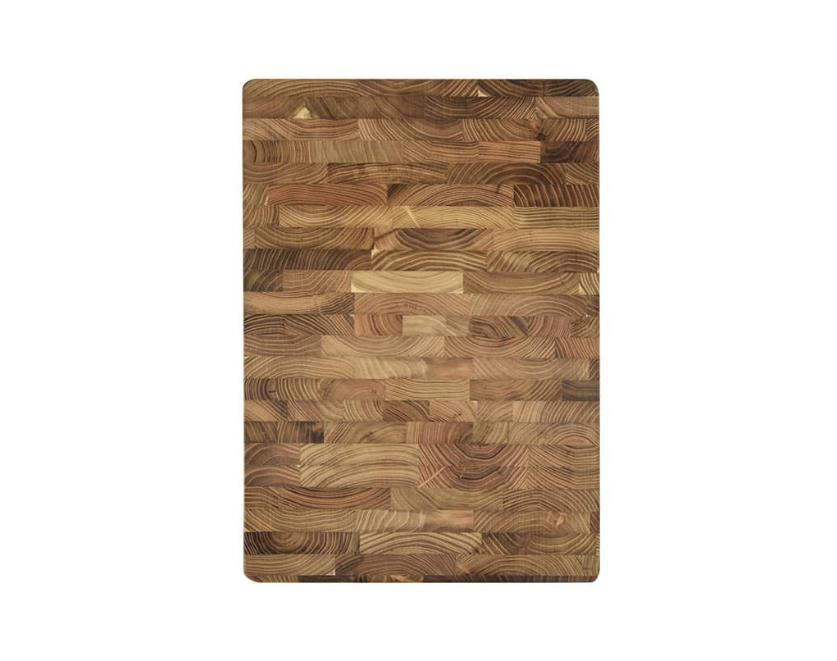
Teak is rich in natural oils that enable it to withstand water damage. It makes a durable yet knife-friendly cutting board. As it has an abundance of natural oils, it’s slightly better at preventing bacterial growth than others.
Read this article comparing teak and acacia cutting boards.
Maple
Maple is pleasing to look at and makes a long-lasting cutting board. It’s sufficiently hard to prevail for years but soft enough to be gentle on knives. Maple cutting boards dominate the market globally, especially in the North American market.
Want to learn more about alternatives? Read the eight best wood types for cutting boards.
Buy Wholesale Cutting Boards and Start Scaling up with Us Today
Contact us and connect with a sales rep to get a free quote.
Is it a good idea to sell wood cutting boards in your store?
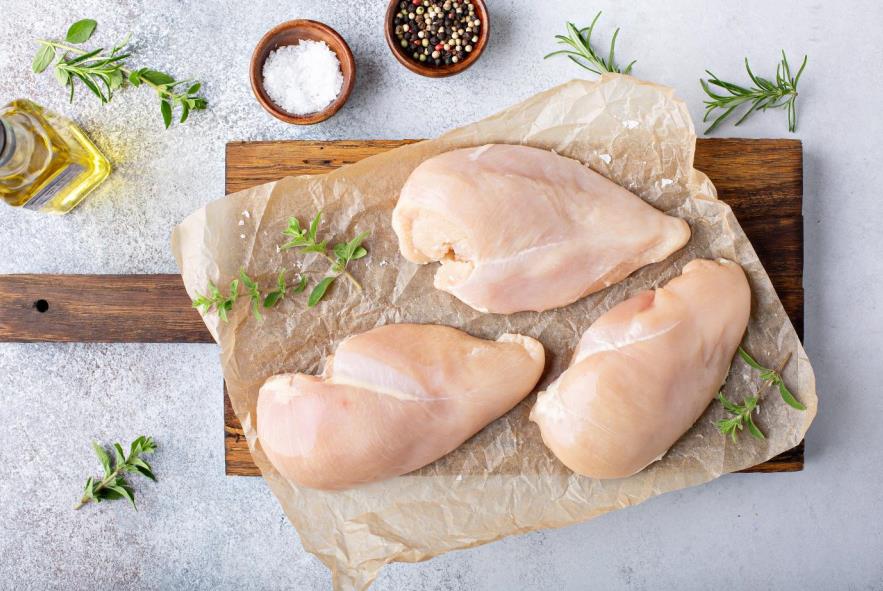
Not a single knife store could go wrong with selling wood cutting boards. It’s the most sanitary and often the durable material for the best friend of kitchen knives.
There are many options with wood cutting boards you can present to your customers. Your wood selection will come with different features that appeal to various users, from novice to professional chefs and home cooks. They will also have a fitting price range with varying sizes.
Still, here are the pros and cons of selling wood cutting boards you should know.
Advantages of wood cutting boards
- Wood cutting boards come with a great variety. You can present various cutting boards to your customers, ranging in size, colors, and shapes.
- Wood is long-lasting, and with adequate care from your customers, they will remember your store for quality.
- They are the most popular cutting board material, favorable to cooks of all levels. You’ll have an easy time promoting them in your store.
- There is an appropriately-priced wood cutting board for everyone. Your customers can buy them anywhere from $20 to $100.
Disadvantages of wood cutting boards
- Customers neglecting to maintain their wooden cutting boards can complain about their durability, creating after-sale issues that give you headaches. Make sure to remind them about the importance of upkeep.
- High-end cutting boards can be more expensive to buy for your customers, especially those made from end-grain wood.
Closing thoughts
Wood is a hygienic material for cutting boards and other kitchen products. You can purchase cutting boards made using wood and other materials from us, delivered to your storefront.
LeeKnives is a knife manufacturer with over 30 years of experience. We’ve managed to carry our expertise to other kitchen products. We aim to ensure our partners deliver the most satisfying products to their customers.
See our cutting board catalog here. Check the minimum order quantities, possible customizations, and more. You can contact us anytime to request a quote about a specific product along with your inquiries.
